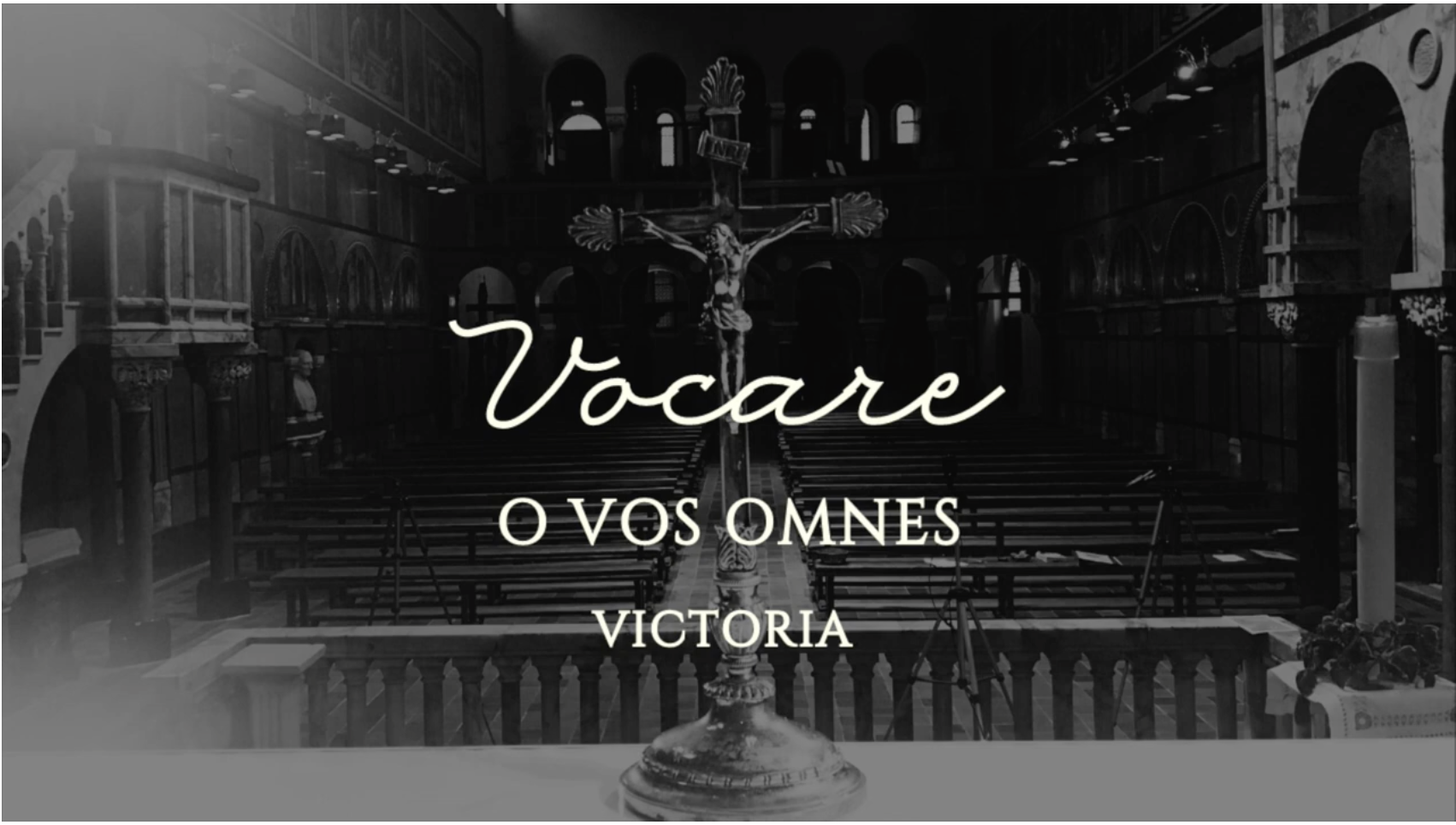In 2012, I submitted to a magazine under Catholic auspices an article entitled, “Why Gay Marriage is Inevitable.” The editor responded that he found it of interest, but that “it would be imprudent for [us] to publish the piece. It risks undermining our friends who are actively opposing these efforts. And even if their efforts do not eventually prevail, political organizing at this point may yield benefits later. . . .I’m conjecturing here about a future I know little about, one that ought to be inconceivable, but I am sure that we can’t publish this piece if we’re to keep faith with our friends.”
The Lord has not given me the gift of prophecy, and I realized that my Jeremiad was possibly premature. As even Isaiah, Jonah, et al. sometimes stated, the Hebrew equivalent of “political organizing” might help avert ominous events that seemed inevitable.
So I tweaked my piece, focusing on four factors that seemed to make gay marriage inevitable, but were all subject to reformulations that could alter the probabilities. A column on the issue appeared in TCT a year ago. There I discussed:
1) the fact that without any scientific basis, homosexuals were thought to be “born that way” – thus instigating a possible civil rights issue;
2) homosexuality, which had been traditionally considered a psychiatric disorder, was declassified by the American Psychiatric Association in 1973, as no longer deviant, but normalized;
3) the vast prevalence of a contraceptive mentality, which, since it approved intentionally non-procreative sex, could not with any logical consistency find fault with the equally non-procreative sexual liaisons of homosexuals; and
4) the “demotion” of the Sacrament of Matrimony to a civil contract on par with other civil contracts, in the aftermath of the Protestant Reformation.
I will not repeat my arguments here. But I want to add some further considerations about three causal factors that have become even more evident in the last year or so. The first two may sound like a lesson in Civics 101, but they are relevant, and also subject to corrections which might, servatis servandis, bring about some changes in the “handwriting on the wall.”

The handwriting on the wall ( Belshazzar’s Feast by Rembrandt, c. 1636)
The first factor concerns the “check and balance” dynamics of the “separation of powers,” which was so sacrosanct to the Founders of this democratic republic. If this principle were properly ensconced, the Supreme Court could not make decisions that would become the “law of the land,” as, for example in the 1857 Dred Scott decision, which, in effect, granted the right to citizens to own slaves; Roe v. Wade in 1973 which laid the groundwork for legal extermination of one’s own offspring; and the recent United States v. Windsor case, which has the potential to make “gay marriage” the law of the land.
The executive branch of government, however, is not to be outdone by such overreaches of the judicial branch. President Obama, going over the head of Congress, implemented portions of the immigration DREAM Act, which had been defeated in Congress in 2009; has repeatedly ignored the Hyde Amendment’s restrictions on government support of abortion (passed by Congress in 1976), and is even requiring religious entities to cooperate in the distribution of abortifacients through the HHS mandate; and more recently has crusaded against the Defense of Marriage Act (DOMA) passed during the Clinton administration, in line with his personal “evolution of thinking” regarding gay marriage.
Where is the legislative branch of government in all this “virtual law-making” by the other two branches? How and when is Congress, in the face of confrontations from the judiciary (which should be interpreting laws) and the executive (which should be enforcing laws), going to reassert its constitutional right to make laws?
The second factor is the hallowed principle of states’ rights, which needs to be reemphasized by state legislatures – especially if and when Congress continues to be remiss in asserting its own constitutional prerogatives.
The decision in June regarding the aforementioned United States v. Windsor case seems to leave some leeway for legislative enactments by the states regarding recognition of valid marriages. In a worst-case scenario, this may pave the way for unending contention among “blue” states and “red” states or in-between states whose citizenries may be strongly pro or con regarding gay marriage. But barring judiciary intervention, such a conflict might indirectly bolster the Tenth Amendment of the Constitution, impeding the government from infringing on areas strictly within the competence of the individual states.
A final factor, which the Founders could not in their wildest dreams have anticipated, is the often-uncivilized impact of the Internet and social media, unleashing twenty-first century phenomena like “flash mobs.”
In Wisconsin, we were confronted night after night in 2011 on local and national news with television coverage of mobs converging on the Capitol in Madison, where embattled legislators were trying to discuss a collective bargaining law opposed by Democrats (many of whom fled to Illinois so they would not have to vote).
Meanwhile masses of angry protesters crowded the Capitol buildings, shouting and demonstrating against Governor Walker and embattled Republicans, who eventually passed a bill curbing mandatory union membership for certain classes of public employees.
Recently, I happened to be in Texas, where the leading story on local television was the filibuster by Democratic Senator Wendy Davis of a proposed anti-abortion law, while shouts from a packed gallery prevented the official counting of votes by the midnight deadline, in spite of attempts by security personnel to remove disruptors. How can we prevent legislative deliberations and judicial decisions from being hijacked by agitators bent on preventing serious debates among legislators?
Conceivable “game-changers” now might include support of traditional marriage by state legislatures, freed from mob disruptions; and perhaps even some strong resistance to the HHS mandate by Catholic bishops throughout the country, who are finally beginning to confront the consequences of the contraceptive mentality.















